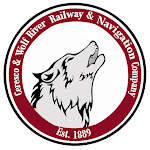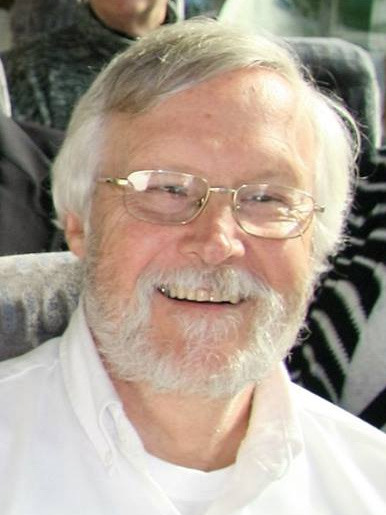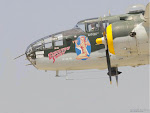I Really Do Not Like the Word "Blog."
It sounds to me like something one would say while on one's knees leaning over a toilet bowl, or something you'd hear in a weather report. ("There's a Blog Warning for the L.A. Basin today so put on those gas masks.") Or it might be a creature one encounters in the dark recesses of a virtual dungeon, a creature with bad breath, bad skin, and a bad attitude. It might be one of those stupid acronyms that everyone loves to hate, Brotherhood of Left-handed Old Guys or the Baltimore Ladies Opera Guards, or the Baja-Larado Occulist Guild. Or maybe it's the nickname you give to that friend who drools a lot and puts his shoes on the wrong feet. You know who I'm talking about.
But to call this a "blog"? To burden this humble epistle, this homespun chronicle, this whimsical potpourri of one's own triumphs, tragedies, merriments, misfires, and humorous cat pictures with a name that sounds like a Polish expletive?
"Oh, blog it!"
"Situation Normal, All Blogged Up."
"That's it boys, we're blogged."
Dear friends, we could have called it an e-journal, a tale, a narrative, a yarn, a buzz -- something that reminds you of your mother's kitchen, your old dog, or your first romantic kiss. (Actually, "blog" does kind of bring to mind the first time I kissed a girl. I got better at it.)
But "blog"? It's ridiculous! It's almost scatological! I wave my private parts at it! I fart in its general direction! May it smother forever in the arms of Cthulu! May it be bricked in behind a wall with a bottle of cheap Italian wine! May it walk for weeks across the desert behind a dyspeptic camel!
But we're stuck with it, at least until some adolescent computer wonk with 70 million followers on InstaTwit coins a new term we can mostly agree on. So, blog on, me hearties! Arrrgh!
There. I got that off my chest. I feel so much better now.






















































